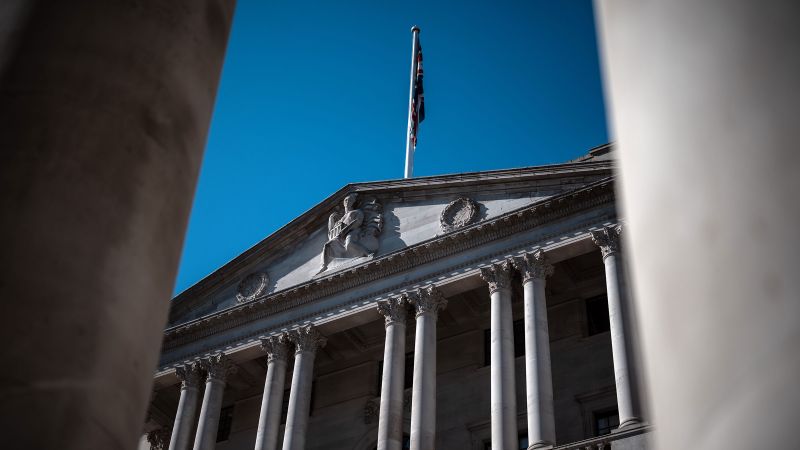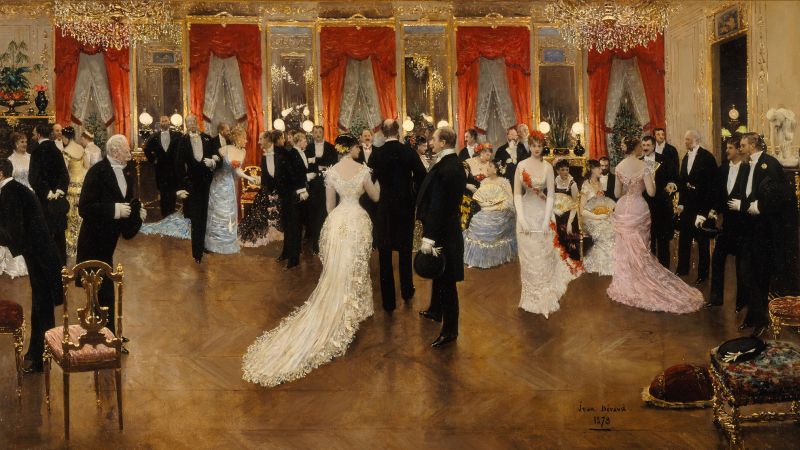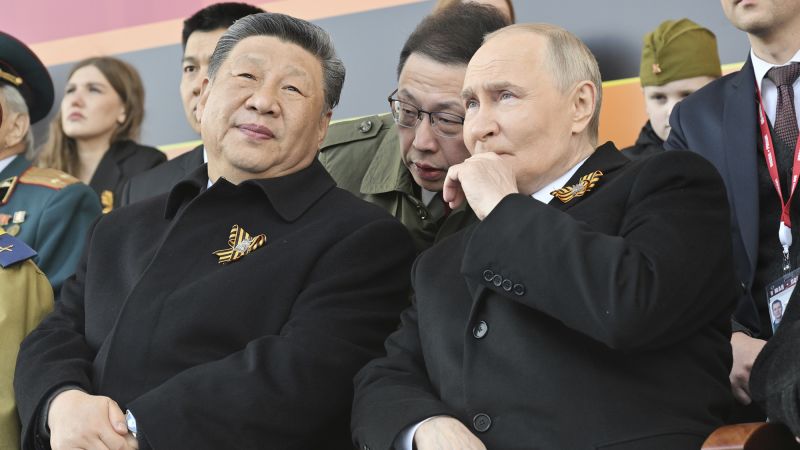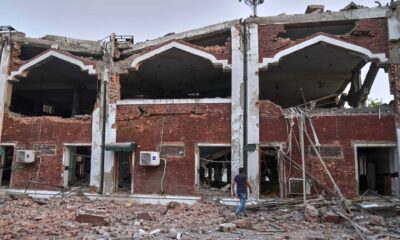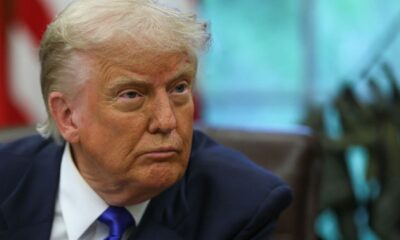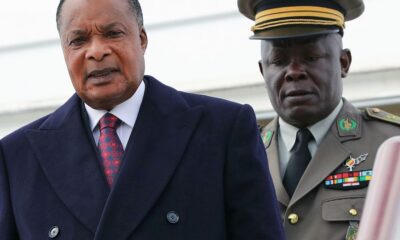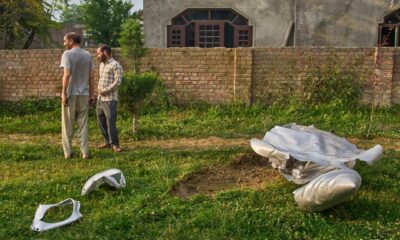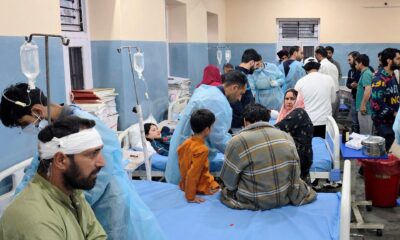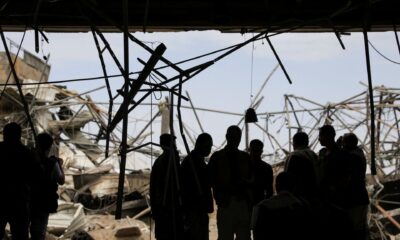Hong Kong
CNN
—
The escalating conflict between India and Pakistan could be offering the world a first real glimpse into how advanced Chinese military technology performs against proven Western hardware – and Chinese defense stocks are already surging.
Shares of China’s AVIC Chengdu Aircraft rose 40% this week, as Pakistan claimed it used AVIC-produced J-10C jets to shoot down Indian fighter jets – including the advanced French-made Rafale – during an aerial battle on Wednesday.
India has not responded to Pakistan’s claims or acknowledged any aircraft losses. When asked about the involvement of Chinese-made jets, a spokesperson for China’s Foreign Ministry said on Thursday he was not familiar with the situation.
Still, as Pakistan’s primary arms supplier, China is likely watching intently to find out how its weapon systems have and potentially will perform in real combat.
A rising military superpower, China hasn’t fought a major war in more than four decades. But under leader Xi Jinping, it has raced to modernize its armed forces, pouring resources into developing sophisticated weaponry and cutting-edge technologies.
It has also extended that modernization drive to Pakistan, long hailed by Beijing as its “ironclad brother.”
Over the past five years, China has supplied 81% of Pakistan’s imported weapons, according to data from the Stockholm International Peace Research Institute (SIPRI).
Those exports include advanced fighter jets, missiles, radars and air-defense systems that experts say would play a pivotal role in any military conflict between Pakistan and India. Some Pakistan-made weapons have also been co-developed with Chinese firms or built with Chinese technology and expertise.
“This makes any engagement between India and Pakistan a de facto test environment for Chinese military exports,” said Sajjan Gohel, international security director at the Asia-Pacific Foundation, a think tank based in London.
Chinese and Pakistani militaries have also engaged in increasingly sophisticated joint air, sea and land exercises, including combat simulations and even crew-swapping drills.
“Beijing’s long-standing support for Islamabad – through hardware, training, and now increasingly AI-enabled targeting – has quietly shifted the tactical balance,” said Craig Singleton, a senior fellow at the US-based Foundation for Defense of Democracies.
“This isn’t just a bilateral clash anymore; it’s a glimpse of how Chinese defense exports are reshaping regional deterrence.”
That shift – brought into sharp focus by rising tensions between India and Pakistan following a tourist massacre in Kashmir – underscores a broader geopolitical realignment in the region, where China has emerged as a major challenge to American influence.
India and Pakistan have gone to war over Kashmir three times since their independence from Britain in 1947. During the height of the Cold War, the Soviet Union backed India, while the United States and China supported Pakistan. Now, a new era of great-power rivalry looms over the long-running conflict between the nuclear-armed South Asian rivals.
Despite its traditional policy of nonalignment, India has drawn ever closer to the US, as successive American administrations courted the rising South Asian giant as a strategic counterweight to China. India has ramped up arms purchases from America and its allies, including France and Israel, while steadily reducing its reliance on Russian weaponry.
Meanwhile, Pakistan has deepened ties with China, becoming its “all-weather strategic partner” and a key participant in Xi’s flagship global infrastructure project, the Belt and Road Initiative. According to SIPRI’s data, the US and China each supplied about one-third of Pakistan’s imported weapons in the late 2000s. But Pakistan has stopped buying American arms in recent years and increasingly filled its arsenal with Chinese weapons.
Siemon Wezeman, a senior researcher in the SIPRI Arms Transfers Program, noted that while China has been an important arms supplier to Pakistan since the mid-1960s, its current dominance largely comes from stepping into a vacuum left by the US.
More than a decade ago, the US accused Pakistan of not doing enough to fight “terrorists” – including Taliban fighters – that it said were operating from or being supplied in Pakistan. Wezeman said that added to Washington’s existing frustrations over Islamabad’s nuclear program and lack of democracy.
“(The US) finally found India as an alternative partner in the region. As a result, (it) more or less cut Pakistan off from US arms,” he added. “China’s arms supply on the other hand significantly increased – one can say that China used the opportunity to show itself as the only real friend and ally of Pakistan.”
China has expressed regret over India’s military strikes against Pakistan and has called for calm and restraint. Before the latest escalation, Chinese Foreign Minister Wang Yi expressed support for Pakistan in a phone call with his counterpart, calling China Pakistan’s “ironclad friend.”
With Pakistan armed largely by China and India sourcing more than half of its weapons from the US and its allies, any conflict between the two neighbors could effectively be a showdown between Chinese and Western military technologies.
After weeks of rising hostilities following the killing of 26 mostly Indian tourists at the hands of militants at a scenic mountain spot in Indian-administered Kashmir, India launched missile strikes early on Wednesday morning, targeting what it said was “terrorist infrastructure” in both Pakistan and Pakistan-administered Kashmir.
Many analysts believe the missiles and other munitions were fired by India’s French-made Rafale and Russian-made Su-30 fighter jets.
Pakistan, meanwhile, touted a great victory by its air force, claiming that five Indian fighter jets – three Rafales, a MiG-29 and a Su-30 fighter – were shot down by its J-10C fighters during an hour-long battle it claimed was fought by 125 aircraft at ranges over 160 kilometers (100 miles).
“(It) is now being characterized as the most intense air-to-air combat engagement between two nuclear-armed nations,” said Salman Ali Bettani, an international relations scholar at Quaid-i-Azam University in Islamabad. “The engagement represented a milestone in the operational use of advanced Chinese-origin systems.”
India has not acknowledged any aircraft losses, and Pakistan has yet to provide evidence to support its claims. But a French Defense Ministry source said at least one of India’s newest and most-advanced warplanes – a French-made Rafale fighter jet – was lost in the battle.
“If … confirmed, it indicates that the weapon systems at Pakistan’s disposal are, at the minimum, contemporary or current compared to what Western Europe (especially France) offers,” said Bilal Khan, founder of Toronto-based defense analysis firm Quwa Group Inc.
Despite the absence of official confirmation and hard proof, Chinese nationalists and military enthusiasts have taken to social media to celebrate what they see as a triumph for Chinese-made weapon systems.
Shares of China’s state-owned AVIC Chengdu Aircraft, the maker of Pakistan’s J-10C fighter jets, closed 17% higher on the Shenzhen exchange on Wednesday, even before Pakistan’s foreign minister claimed the jets had been used to shoot down India’s planes. Shares in the company rose an additional 20% on Thursday.
The J-10C is the latest version of China’s single-engine, multirole J-10 fighter, which entered service with the Chinese air force in the early 2000s. Featuring better weapon systems and avionics, the J-10C is classified as a 4.5-generation fighter – in the same tier as the Rafale but a rung below 5th-generation stealth jets, like China’s J-20 or the US F-35.
China delivered the first batch of the J-10CE – the export version – to Pakistan in 2022, state broadcaster CCTV reported at the time. It’s now the most advanced fighter jet in Pakistan’s arsenal, alongside the JF-17 Block III, a 4.5-generation lightweight fighter co-developed by Pakistan and China.
The Pakistan Air Force (PAF) also operates a larger fleet of American-built F-16s, one of which was used to shoot down a Soviet-designed Indian fighter jet during a flare-up in 2019.
But the PAF’s F-16s are still stuck in an early-2000s configuration – far behind the upgraded versions currently offered by the US – while the Chinese-made J-10CEs and JF-17 Block IIIs feature contemporary technologies such as active electronically scanned array (AESA) radars, Khan said.
“So, the F-16s are still a major piece to any PAF-led reprisal, but not the central or indispensable one,” he said.
Senior Col. (ret) Zhou Bo, senior fellow at Tsinghua University’s Center for International Security and Strategy in Beijing, said if Chinese-made J-10Cs were indeed used to shoot down the French-made Rafales, it would be “a tremendous boost of confidence in Chinese weapon systems.”
Zhou said it would “really raise people’s eyebrows” particularly given China has not fought a war for more than four decades. “It will potentially be a huge boost for Chinese arm sales in the international market,” he said.
The United States remains the world’s largest arms exporter, accounting for 43% of global weapons exports between 2020 and 2024, according to data from SIPRI. That’s more than four times the share of France, which ranks second, followed by Russia.
China ranks fourth, with nearly two-thirds of its arms exports going to a single country: Pakistan.
Khan, the defense analyst in Toronto, agreed the downing, if confirmed, would go a long way in promoting China’s defense industry saying there would likely be interest from “powers in the Middle East and North Africa” who typically can’t access “the most cutting-edge Western technology.”
“With Russia set back as a result of its invasion of Ukraine, I’m sure the Chinese have begun pushing hard at Moscow’s traditional markets – e.g., Algeria, Egypt, Iraq, and Sudan – to secure big-ticket sales.”
Experts in Pakistan and China say the J-10Cs deployed by the Pakistan Air Force are likely to have been paired with the PL-15, China’s most advanced air-to-air missile – which has a reported beyond-visual-range of 200-300 kilometers (120-190 miles). The known export version has a reduced range of 145 kilometers (90 miles).
Last week, amid spiraling tensions, the Pakistan Air Force released a three-minute video showcasing its warplanes. It featured the JF-17 Block III armed with PL-15 missiles, describing them as “PAF’s potent punch”.
“From China’s perspective, this is essentially a powerful advertisement,” Antony Wong Dong, a Macau-based military observer, said of the Pakistan claims.
“It will shock even countries like the United States — just how strong is its opponent, really? This is a question that all countries potentially looking to buy fighter jets, as well as China’s regional rivals, will need to seriously reconsider: how should they face this new reality?”
But some experts have expressed caution. India’s losses, if confirmed, could stem more from poor tactics and planning by the Indian Air Force than from the perceived advancements in Chinese weapons.
“If reports of India losing multiple jets holds up, it would raise serious questions about the IAF’s readiness, not just its platforms. The Rafales are modern, but warfighting is about integration, coordination, and survivability — not just headline acquisitions,” said Singleton, the analyst at the Foundation for Defense of Democracies.
What’s also not known is what intelligence India had on the PL-15.
If, for instance, it believed Pakistan only possessed the shorter-range export version, Indian aircraft might have lingered in vulnerable areas.
Rules of engagement may also have prevented Indian pilots from firing first, or firing back against Pakistani aircraft, according to Fabian Hoffman, a defense policy research fellow at the University of Oslo.
In such cases, Indian misjudgments may have made the Pakistani weaponry look more effective, Hoffman wrote on his blog.
Experts also note that India’s strikes successfully hit multiple targets in Pakistan – suggesting its missiles penetrated Pakistani air defenses, which are armed with Chinese surface-to-air missiles, including the long-range HQ-9B.
“If Chinese-origin radar or missile systems failed to detect or deter Indian strikes, that’s (also) bad optics for Beijing’s arms export credibility,” said Gohel, the defense expert in London.

